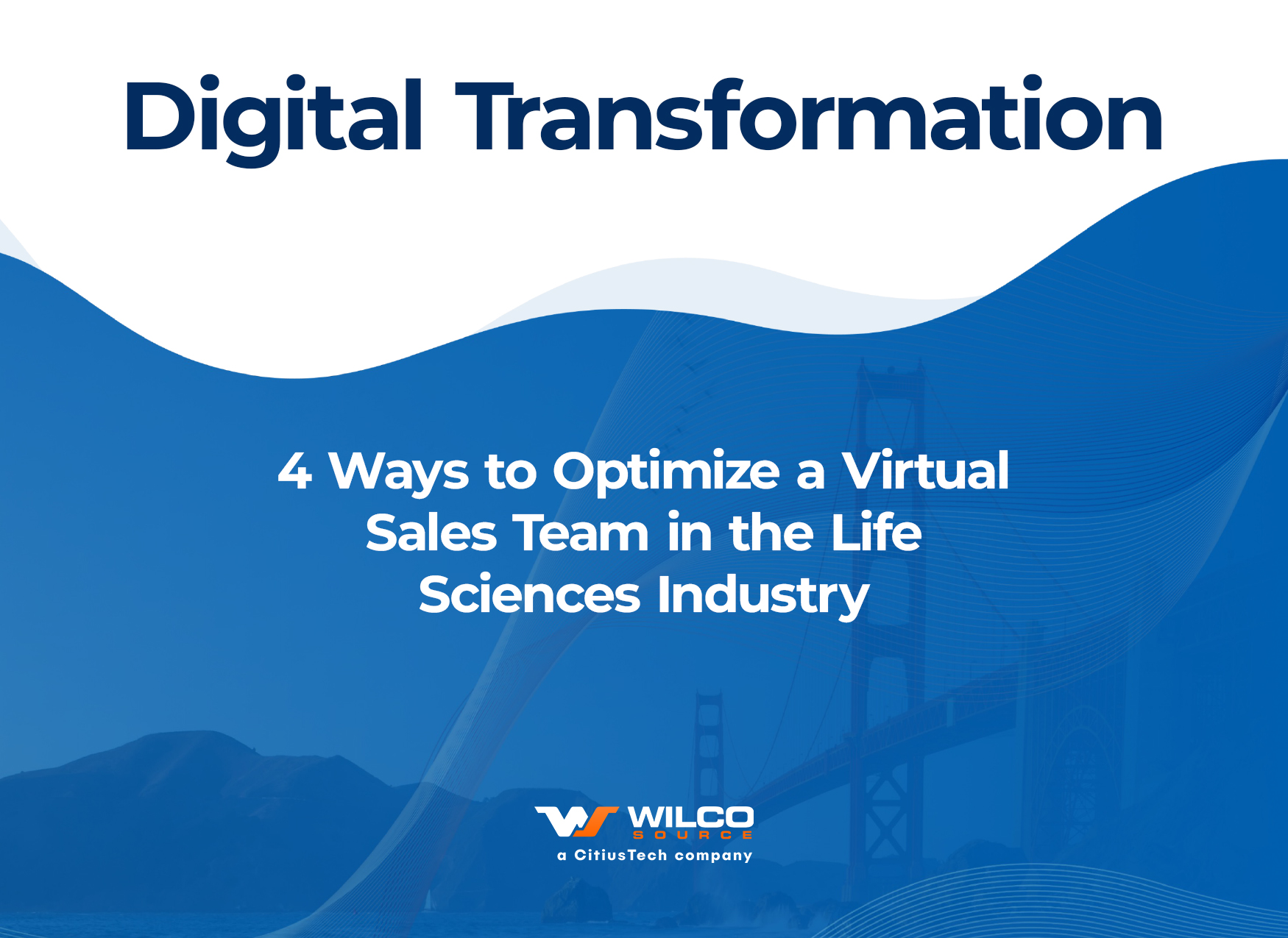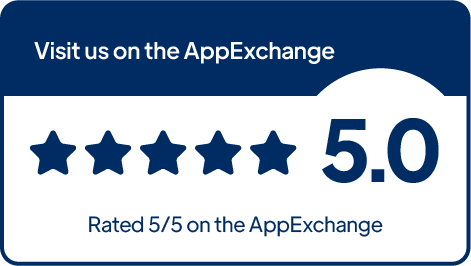Blog
4 Ways to Optimize a Virtual Sales Team in the Life Sciences Industry

Health and life sciences (HLS) sales teams, like many others, are constantly facing new challenges in a transformative business climate. Today, sales representatives are dealing with an ever-evolving portfolio of products, solutions, and services, all while facing a significant shift from traditional in-person sales to primarily virtual processes.
Those changes will undoubtedly impact the industry for some time. In fact, approximately 98% of sales leaders believe their businesses will be disrupted for more than five sales quarters as they adapt to the current uncertainty, changing buyer behavior, and new ways of working.
But disruption shouldn’t be viewed as a negative in every sense. For example, in the last few months, remote interactions between healthcare professionals (HCPs) and sales reps have soared. In fact, a recent study reveals that healthcare providers actually prefer these virtual meetings because of their compliance, security, and convenience. This is likely signaling a more permanent shift towards virtual sales and meetings, as roughly 70% of healthcare providers are expected to be digital natives by the end of 2020.
So, as the shift to mainstream virtual meetings and sales occurs, the health and life sciences industries are searching for new ways to optimize their sales processes to meet demand.
But, how exactly do you maintain effective sales processes in a complicated, ever-evolving industry like life sciences?
- (Re)define metrics and goals: As the nature of remote work changes the sales process, there should be an understanding that the metrics and goals of sales teams will also likely change. The health and life sciences industries, like so many others, need to redefine metrics and goals to align and respond to the current situation.
- Customize lead nurturing processes: Keep in mind, not every customer is the same, and not every approach will be equally successful. You must develop sales strategies that are in line with the expectations and preferences of your customers.
- Require sales reps to manage the entire lead-nurturing process manually. This is time-consuming and ineffective since not all prospects are ready to talk to sales.
- Or their process is an automated series that treats every lead the same. Treating all leads the same limits your ability to properly qualify leads and establish a personalized sales strategy.
- Take advantage of AI-powered tools: Artificial intelligence makes light work of the challenges faced by sales teams by automating the time-consuming admin load freeing reps up to make time for all-important human connections. For instance, the AI in Salesforce CPQ can eliminate or reduce the time salespeople would otherwise spend configuring quotes because it handles the complexities of customer and order information.
- Upskill remote teams: As life science sales teams move to more permanent remote work, the industry will need to continually train and upskill to make the most of the uptick in digital and data-driven technologies.
Without a doubt, the shifts to remote work and virtual settings are putting new pressure on health and life sciences sales teams. However, establishing a clear, concise, technology-driven approach to this change can help keep teams organized and optimized for a new way of selling.
Setting clear expectations, defining metrics, and implementing the right life science technology solutions can help accelerate and optimize the shift away from face-to-face meetings and towards remote meetings, virtual events, informative emails, and ultimately, effective sales processes.




